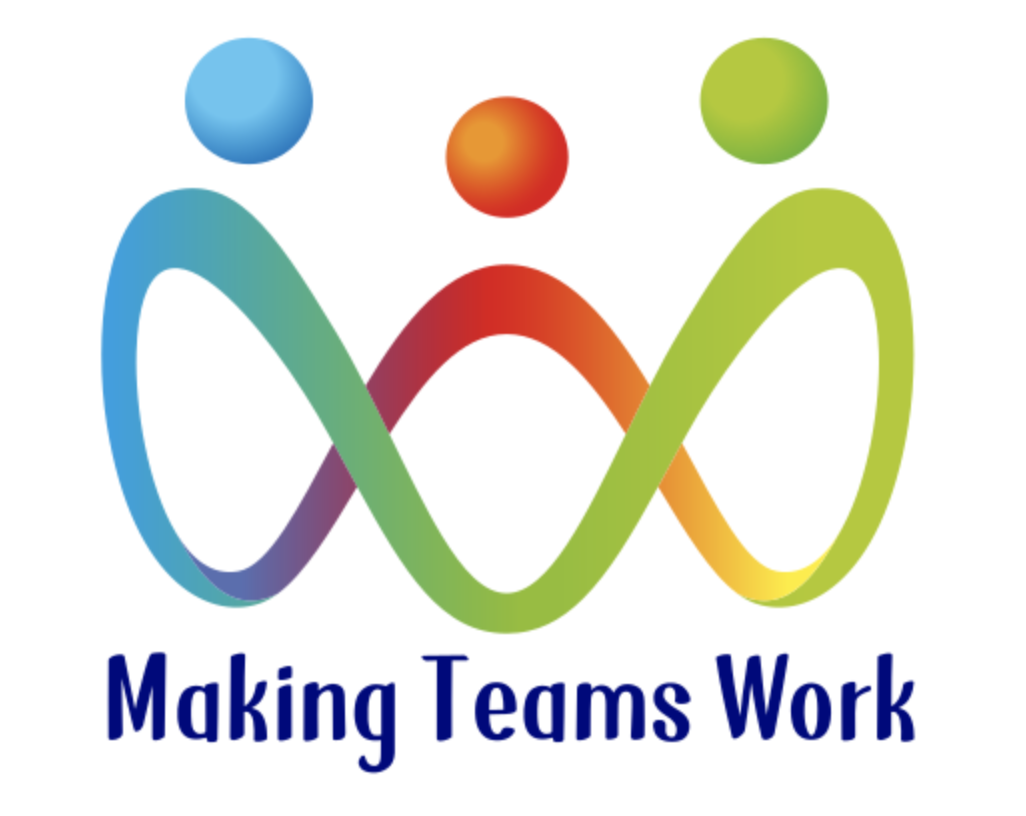
What do you do when the 'quiet word over coffee' doesn't seem to make any difference? The situation doesn't change. The behaviour doesn't change. So now what? A feedback sandwich? Please no. It appears tasty and simple, but often has no after-taste.
No, what we need is a more reliable, friendly, honest, kinder way of giving feedback. An altogether nicer way.
Recent research[1] shows that regular feedback is one of the best ways to: retain, develop, and improve the engagement of staff. Over the last few years several large multi-national corporations have introduced formal feedback programs in lieu of annual performance reviews (which one found to have contributed precisely $0 to bottom-line results).
The Feedback Sandwich
The very word ‘Feedback’ often strikes fear into hearts. It has a negative connotation because it’s often been done horribly. And the most common method has been to use the 'Feedback Sandwich'. But it's loathsome. And it doesn't work. It should have been consigned to Room 101 of management tools aeons ago.
Why? Consider these two examples:
Someone who’s been in a flat spin all day waiting for the ‘feedback’ doesn't even hear the first bit (if they don’t ignore it as being patronising); and may focus so much on the 'filling' that they never hear the final positive either. So they walk away flattened.
Some people only recall the final thing they heard, and walk out of your carefully-planned session having completely missed the ‘filling’, and believing things are OK as they are, no changes required.
There are other models out there – a quick Google uncovers two others that are better: STAR/AR (Situation, Task, Action-past, Result-past/Action-future, Result-future). Or there’s the AID model (Action, Impact, Do). I used to teach yet another model as part of an ILM Coaching & Mentoring course, the ‘EECC’ model. I can’t recall what each letter stands for, even after several deliveries!
What's the real problem?
From 100’s of workshop participants, the problems with most feedback include:
- It's personal
- It's vague - lacking concrete information
- The person delivering it has an agenda
- There's no room for discussion (often because there are no facts)
- It lacks direction - what could be changed or repeated
- It's third-hand
- It's too long after the event
- and there's no follow-up.
A NICER way to feed back.
So I came up with another, which addresses all the above concerns: The NICER™ feedback model. There isn’t space here to cover it in detail, but in essence it’s this: Noticed, Impact, Check & Change or Continue, Effect, and (this is unique, as far as I can tell) Review.
A simple example would be:
“I noticed that you were very quiet in the team meeting today, which meant that we didn’t hear your great ideas on x y z. Can I just check, is there anything wrong that I can help with… What would be good next time is to speak up – you have some great ideas which we need… The effect of doing that will be to accelerate our progress. Are you OK if we check in after next weeks meeting again?”
The beauty of this model, participants say, is that: it’s fast, you can deliver something meaningful and useful in just a few sentences if you’ve not got much time; its easy to remember; it covers the key areas; and it can be used to give as well as get. Overall, this has to be a nicer than a Feedback Sandwich.
Time for action !
Give it a go. Maybe in written form to start with, or with someone you can trust. Think of a common scenario and role play it.
Use it when giving feedback via email - the model provides a structure which results in the recipient being much clearer on what's gone well, and what could be improved.
That's all for today. If you've questions or comments, drop me a line below or get in touch.
Most feedback is...
[1] Gallup: 67% of employees whose manager focussed on their strengths are fully engaged in their work, while only 31% where the manager focuses on their weaknesses & IBM’s WorkTrends survey.


